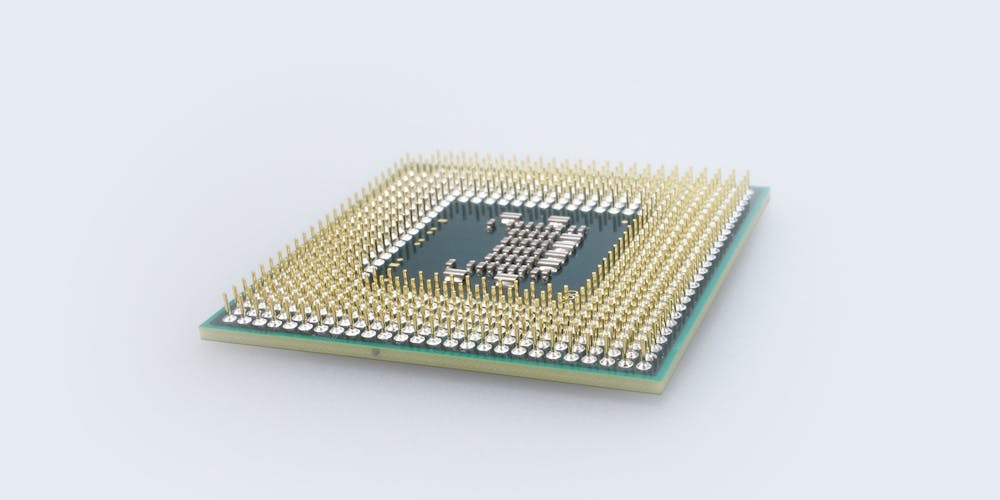AMD’s recent reveal of the Ryzen 5000XT series specifically for China is a strategic nod to the enduring popularity of the older AM4 platform. Despite the existence of the newer AM5 socket, this decision underlines AMD’s insight into market demands for superior processors compatible with existing motherboards. The AM4, central to AMD designs since 2016, gains an extension of life uncommon within the fast-evolving tech markets.
The 5000XT CPUs, designed with higher clock speeds while preserving core count, adhere to user desires for a performance boost without requiring a motherboard upgrade. This caters to users who seek enhancements yet aren’t prepared for a full system overhaul. The Ryzen 7 5800XT epitomizes this trend, offering speeds beyond the 5800X, proving AMD’s commitment to performance value at different computing levels.
AMD’s Strategy: Catering to a Diverse User Base
AMD’s commitment to the venerable AM4 socket was further solidified with the CES announcement of the Ryzen 7 5700X3D, highlighting their strategy to support a broad user base. The introduction of the Ryzen 5000XT series illustrates this dedication by offering users the chance to upgrade their existing systems without incurring the costs associated with a new motherboard and related components. This approach is in stark contrast to the norm in the hardware industry, where technological advancements often lead to rapid obsolescence. By continuing to provide updates for an older platform, AMD not only positions itself competitively with pricing but also fosters user loyalty. In an era where companies frequently push consumers to adopt the newest technologies, AMD’s support for the AM4 socket stands out as a recognition of those valuing upgradeability and extended product support. This strategy shows AMD’s understanding of a segment of consumers who appreciate the sustainability of their technology investments.

